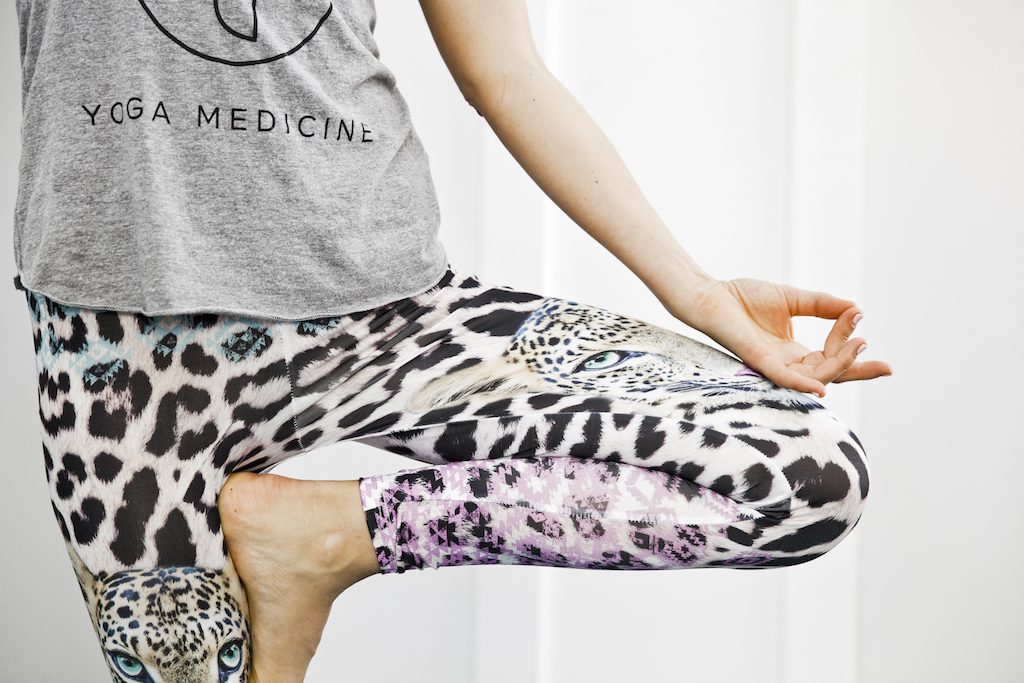I have never been one for cleaning and have previously outsourced help for this. I have been privileged to earn enough to do so and the investment always seemed well worth it to me.
Recently I have felt the need to ‘up the ante’ on my home hygiene (and my cleaner resigned). So I had to step up domestically and work out how to clean. I wasn’t too fused about having a clean house, despite the fact that a clean house does make me feel well and helps with my mental health. However, I do very much care about cleaning to prevent spreading of SARs Cov2 into my home from work. As a doctor at the hospital we are at risk of spreading germs and protecting my family is very important.
So, I did a little research and here is what I found:
- You need to clean and disinfect. Cleaning removes virus while disinfectant kills virus particles. Ideally you do one at a time but I’m adding both a detergent and disinfectant together into my cleaning solution. Fingers crossed that is effective.
- There’s’ lots of detergents and disinfectants to use. I’m using a cheap supermarket detergent and adding good old readily available (and also cheap vinegar). Don’t ask me how much vinegar to add. I’m trying not to get too OCD about the whole thing. I add a splash of white vinegar to my floor cleaner and also to detergent in the sink for all surfaces. I use hot water. If you want an evidence based approach check this out https://www.cdc.gov/coronavirus/2019-ncov/prevent-getting-sick/cleaning-disinfection.html or https://www.health.gov.au/sites/default/files/documents/2020/03/environmental-cleaning-and-disinfection-principles-for-covid-19.pdf
- Clean daily readily contacted surfaces. This means doorknobs, draws, alarms, toilets, bench tops, remotes, car internals etc. I also vacuum and mop most days and wipe down my outside area. I have a washing machine and dishwasher thank gosh!
- Hand wash all the time. But this needs to be with soap and for 20 seconds completely cover the hands and up to the elbow.
- Set up a systematic structured approach: Most doctors I know needed to do this to feel sane and less worried about bring home any virus to their family. I wrote out a plan for work days but also non-work days when I take outings in the community. I set up a cleaning station outside with handsinitiser, wipes and a bucket to leave shoes in. On work days I take separate clothes for work and change once there bringing them home in a bag and washing them on a hot wash (im not convinced it needs to be hot but apparently this acts as the disinfectant). I then shower washing my face with an anti-bacterial face wash. I have specific work shoes, phone cover, goggles, pens and ID, which keep at work. I don’t take anything more than my car key, phone and lunch in with me. On non-work days when I leave the house for supermarket shopping I use sanitiser to open the door, wipe my keys/phones and leave my shoes outside on return. I also put my clothes in the wash and shower once home. If I’m going for a run or walk I won’t necessarily change and shower after but leave my shoes outside and handwash.
- Technique of cleaning is important. I have read using an ’S’ wipe is most effective. However, I am not doing this. I’m not worrying about being too thorough and I am trying to avoid being pedantic. My feeling is my efforts are sufficient. I am not aware of any evidence for infection from a surface, clothes, car or food despite evidence that the virus can be detected on surfaces for days. What we do know is the virus is transmitted from droplets (coughing, touching, close contact with sick people) and severity of illness is associated with viral load (think doctors at the frontline with insufficient PPE or rushing into an emergency without first taking these protective precautions). It seems highly unlikely to me to contract severe illness from any surface transmission of droplets.






